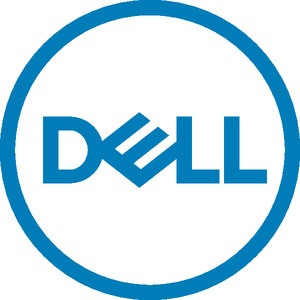For the lucky people who has the AMEX DELL deal and get the CASHREWARDS cash back, the final out of pocket price goes down to $1705. https://www.ozbargain.com.au/node/656513
This dell comes with additional features not normally available on most other comparable laptops.
Namely: Mobile Broadband: Intel XMM 7360 Global LTE-Advanced Blank eSim - 2-in-1
The standard features of this 2-in-1 laptop are:
OS: Windows 11 Pro
CPU: Intel i5-1145G7
RAM: 16GB LPDDR4 SDRAM 3200MHz
STORAGE: M.2 256GB PCIe NVMe Class 35 Solid State Drive
DISPLAY: 13.3" FHD 2-in-1 (1920x1080) Touch, Anti-Glare, GG6 DXC, HD Camera, 300 nits, WLAN/WWAN
BATTERY SIZE: 4 Cell 63Whr ExpressChargeTM Capable Battery (which is larger than most other light weight laptops)
WEIGHT: 1.32 kg
Remember to activate AMEX DELL OFFER to get $140 cash back when spending more than $1200. https://www.ozbargain.com.au/node/656513
And also use CASHREWARDS click through as it is currently increased to 15% cash back for latitude models.
The coupon code “BONUS5” is also listed in Cashrewards at the moment, so remember to add this coupon code prior to payment with Activated AMEX card.
Lastly: Wait for the DELL ADVANTAGE REWARD of $100. Then purchase the DELL PREMIUM ACTIVE PEN later to reap the $100 discount from DELL.





256gb for a$2k laptop